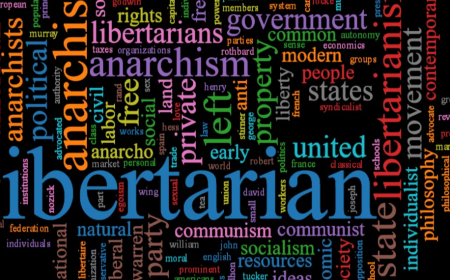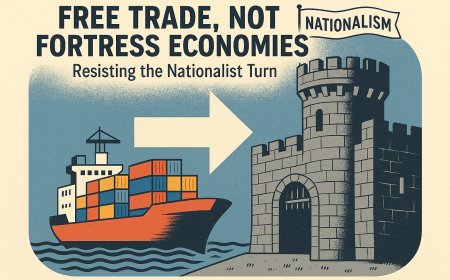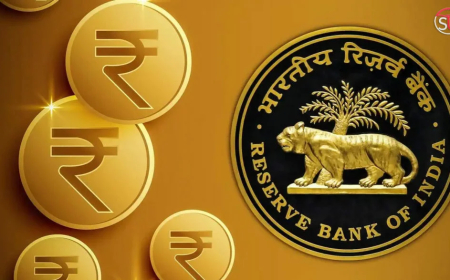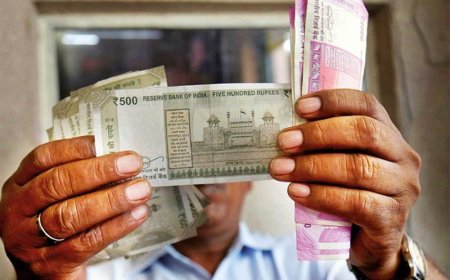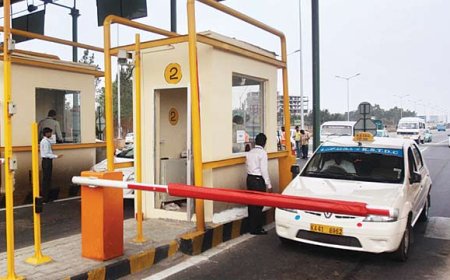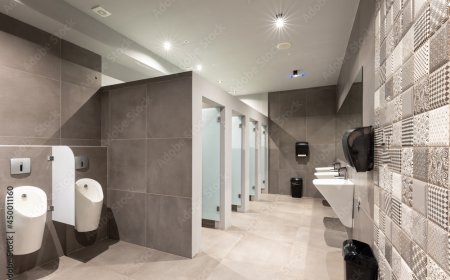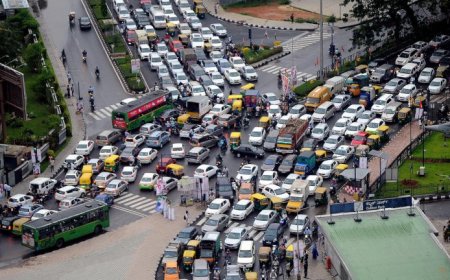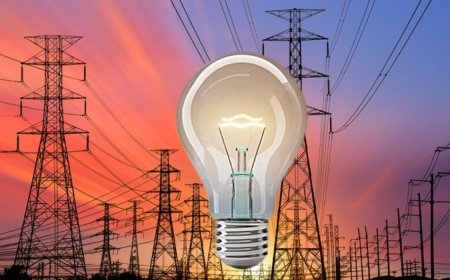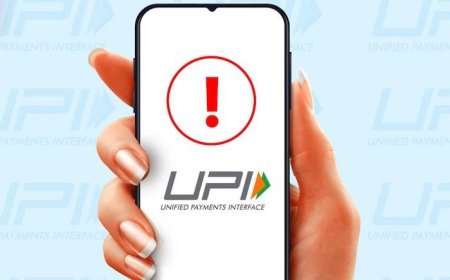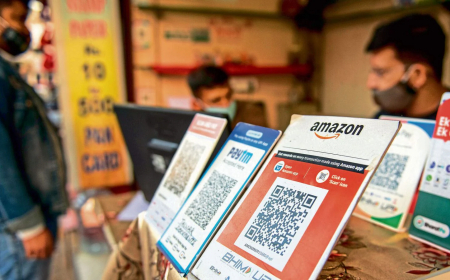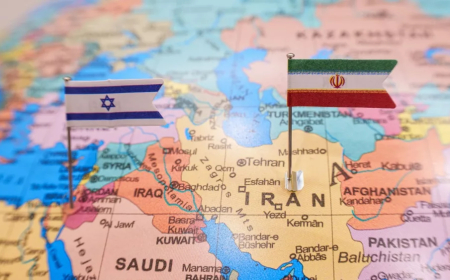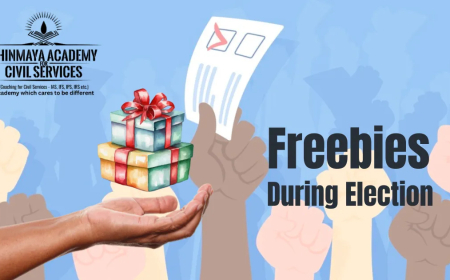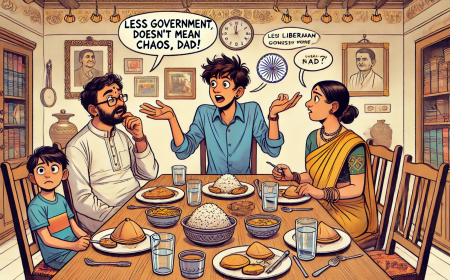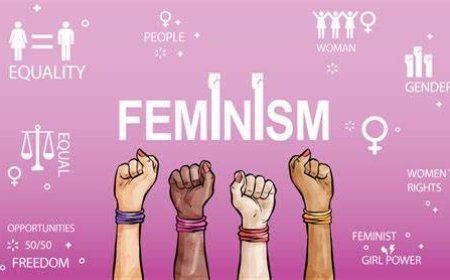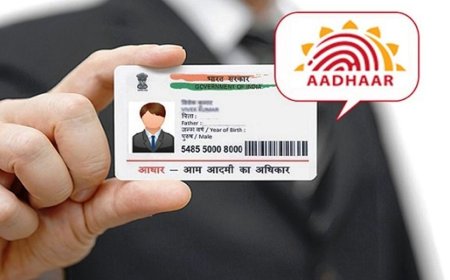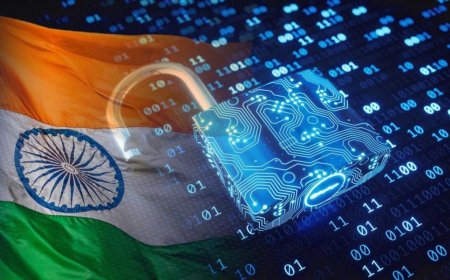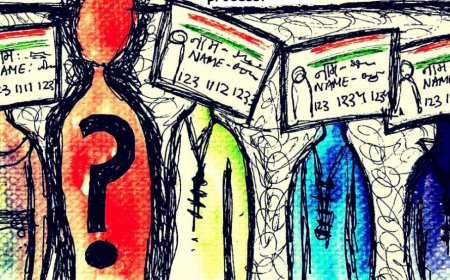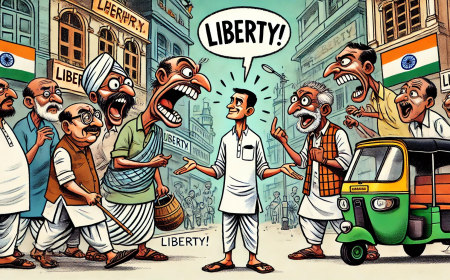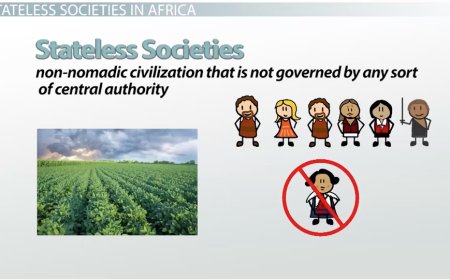The ‘Free’ Electricity Myth: How Much of Your Power Bill is Paid by Someone Else’s Taxes? ????⚡
Discover the truth behind "free electricity" in India. Learn how government subsidies impact your taxes and the inefficiencies of public power boards. Find out why the free market could offer a better solution for reliable, affordable electricity.
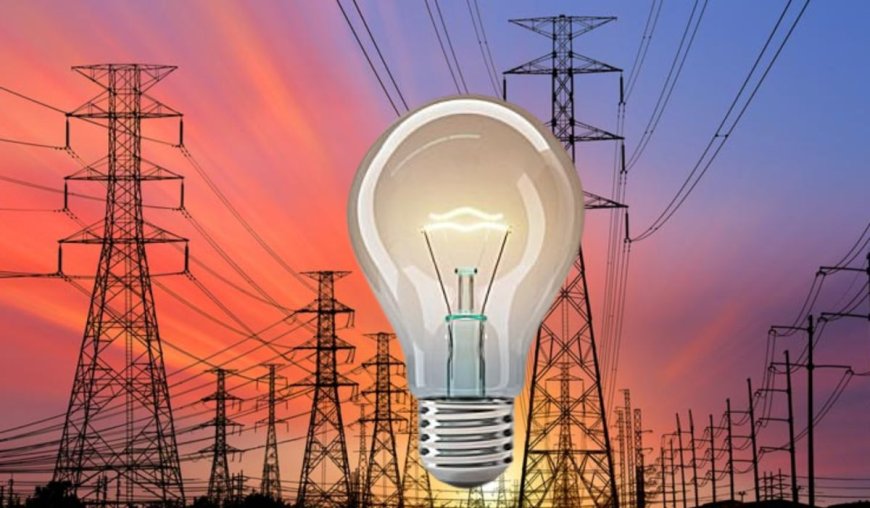
We’ve all heard it: “The government will give you free electricity.”
Sounds like a dream come true, right? No more worrying about those sky-high power bills at the end of the month. But here’s the catch: Nothing is ever truly free, especially when it comes to government promises.
In India, the idea of "free electricity" is a talking point that politicians love to throw around during elections. But before you start celebrating, let’s dive into how this so-called "freebie" actually works. Spoiler alert: It’s not as free as you think!
The Reality Behind ‘Free Electricity’
While the government promotes free power as a benefit for the people, the reality is a bit more complicated. Sure, it might seem like a relief when you’re not directly paying for your power bill, but who’s really footing the bill?
Here’s the truth: You are.
The government doesn’t just magically generate money. When they offer "free" electricity, they’re using taxpayer money to fund these subsidies. The taxes you pay today are used to cover the costs, which means you’re indirectly paying for someone else's free power.
Inefficiency in the System
Here’s where the real issue lies: Government-run electricity boards are usually plagued with inefficiency. The lack of competition means there’s no incentive for improvement. Public sector utilities often operate at a loss, which the government tries to cover through loans or more taxes.
This inefficiency creates a vicious cycle:
- Subsidized Power = Higher Taxes.
- Higher Taxes = Government Borrowing.
- Government Borrowing = More Taxes.
It’s a never-ending loop that drains public funds while leaving you stuck with power outages, voltage issues, and sluggish repairs. The quality of service? Often poor. The government has little incentive to improve it because they don’t face the same competition that private companies would.
The Cost of ‘Free’ Power in the Long Run

You might not feel the pinch immediately, but the long-term costs are there.
When electricity is "free," people don’t always realize how much power they’re actually consuming. You leave lights on, leave the AC running all day, and over-consume, because you don’t directly pay for it.
This creates overuse, which further strains the already stretched system.
And, while you’re using more electricity, guess what’s happening on the supply side? The state-run power companies don’t have the motivation to improve infrastructure, invest in cleaner energy, or upgrade power lines. Why bother when you’re not paying for the service directly?
The Free Market Solution

Now, imagine if electricity were handled by private companies competing for your business. You would directly pay for the energy you use—no subsidies, no gimmicks. What does that mean?
- Better customer service
- Innovation in energy solutions
- Efficient, clean energy options
In a competitive environment, companies would have the incentive to offer you uninterrupted, high-quality service. More efficient grids, cleaner energy, and faster repairs would be the norm, not the exception.
If the market had control, electricity companies would be under pressure to improve because they rely on customer satisfaction to stay in business. They’d have to innovate, reduce costs, and find ways to provide cleaner energy—whether through solar, wind, or other green alternatives.
Conclusion: The True Cost of ‘Free’ Electricity
So, next time someone mentions "free electricity," take a moment to think about who’s really paying for it. The truth is, nothing is truly free. Whether it’s through taxes, inefficiency, or poor service, someone always ends up picking up the tab.
The real question is: Why not let the free market handle it?
By embracing market-driven solutions, we can ensure a more efficient, sustainable, and customer-centric electricity system. After all, nothing beats the power of competition when it comes to providing quality services at affordable rates.
Takeaway? If you want truly “free” electricity, the government is probably not the best person to trust. But with a bit of competition and market-driven incentives, we can all enjoy cheaper, cleaner, and more reliable power.
What's Your Reaction?











